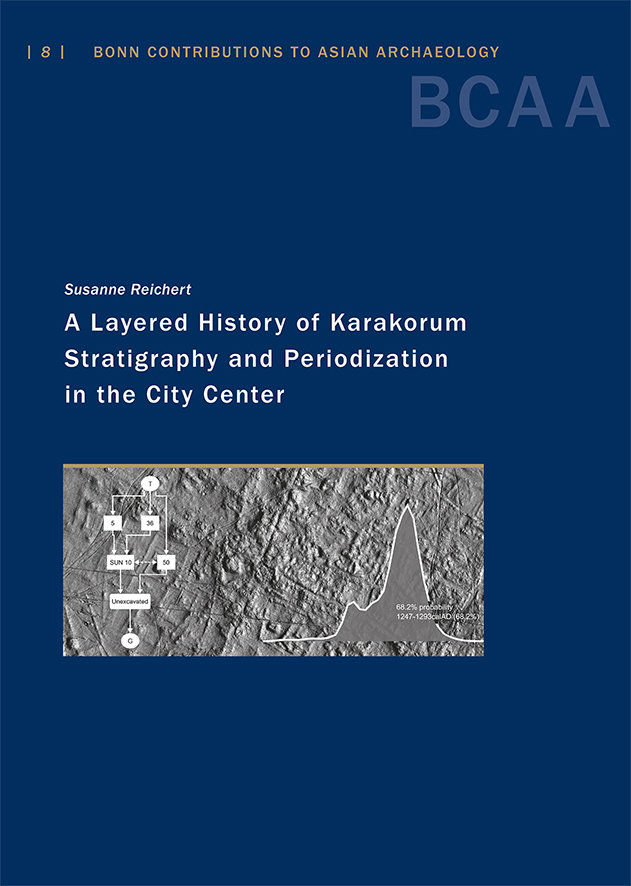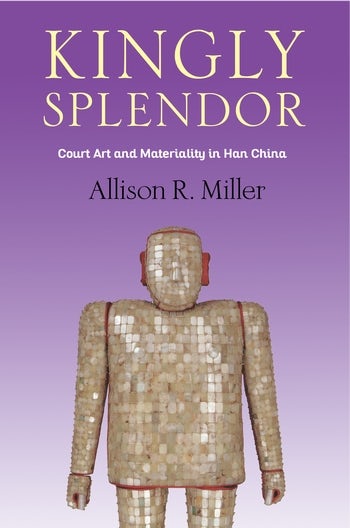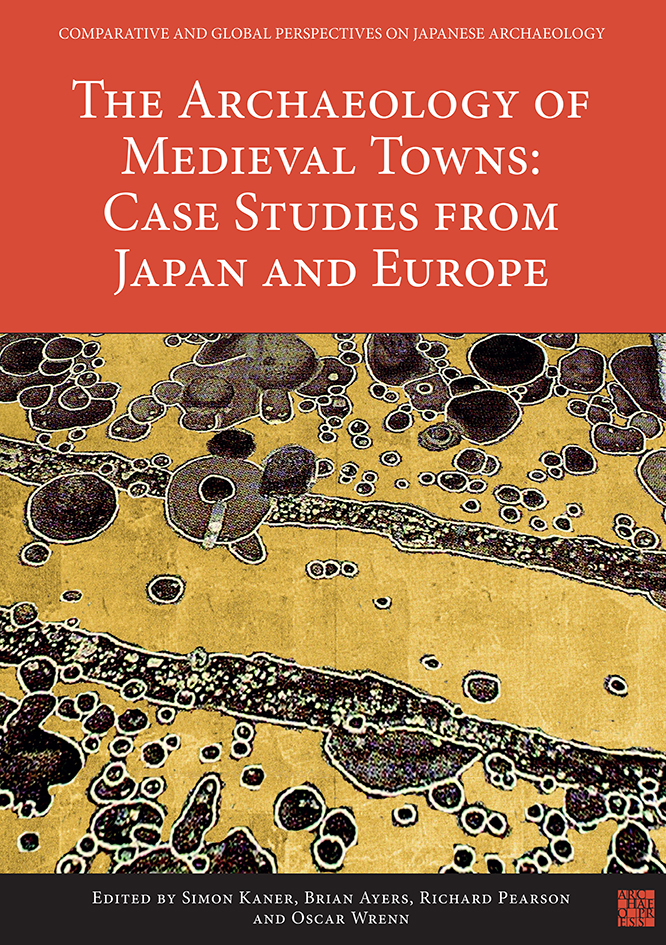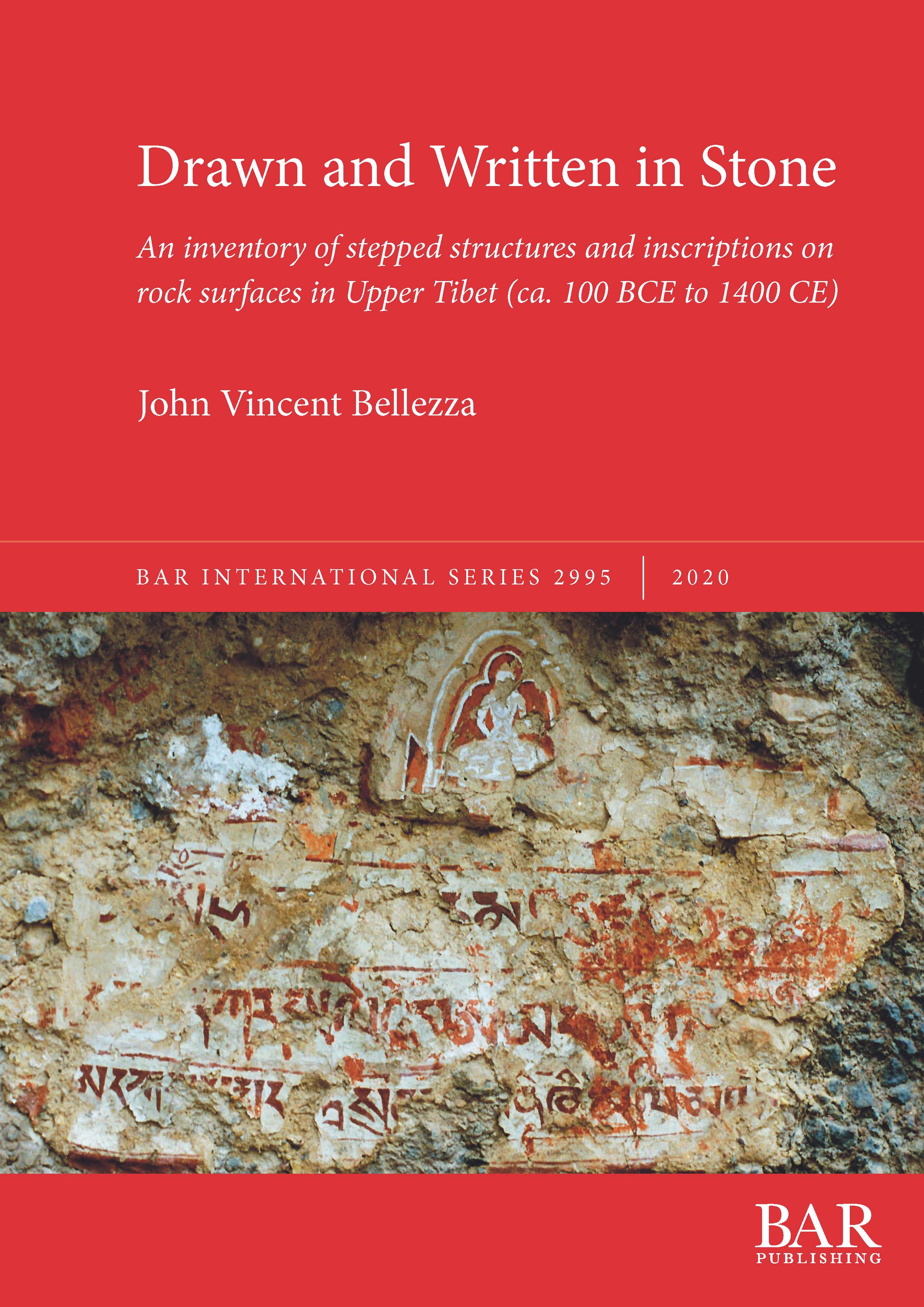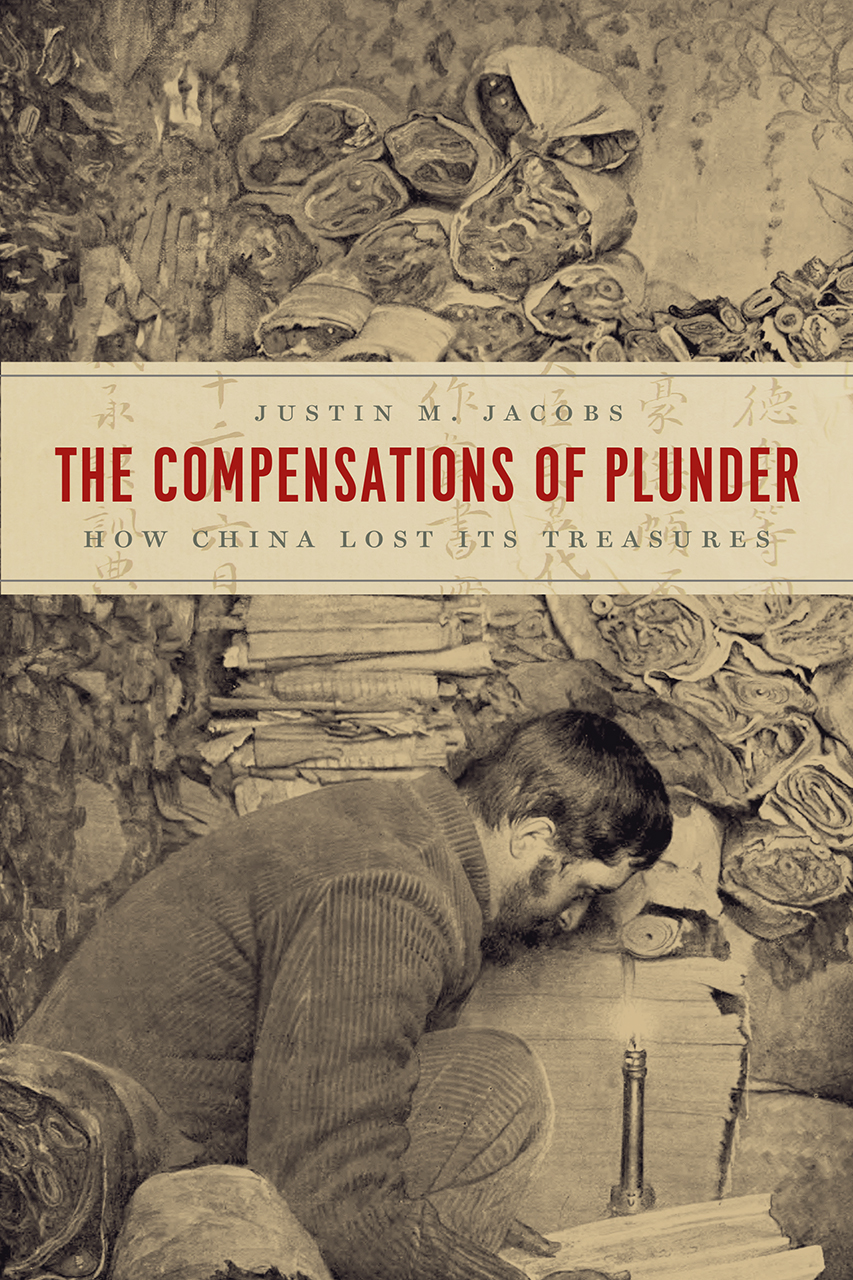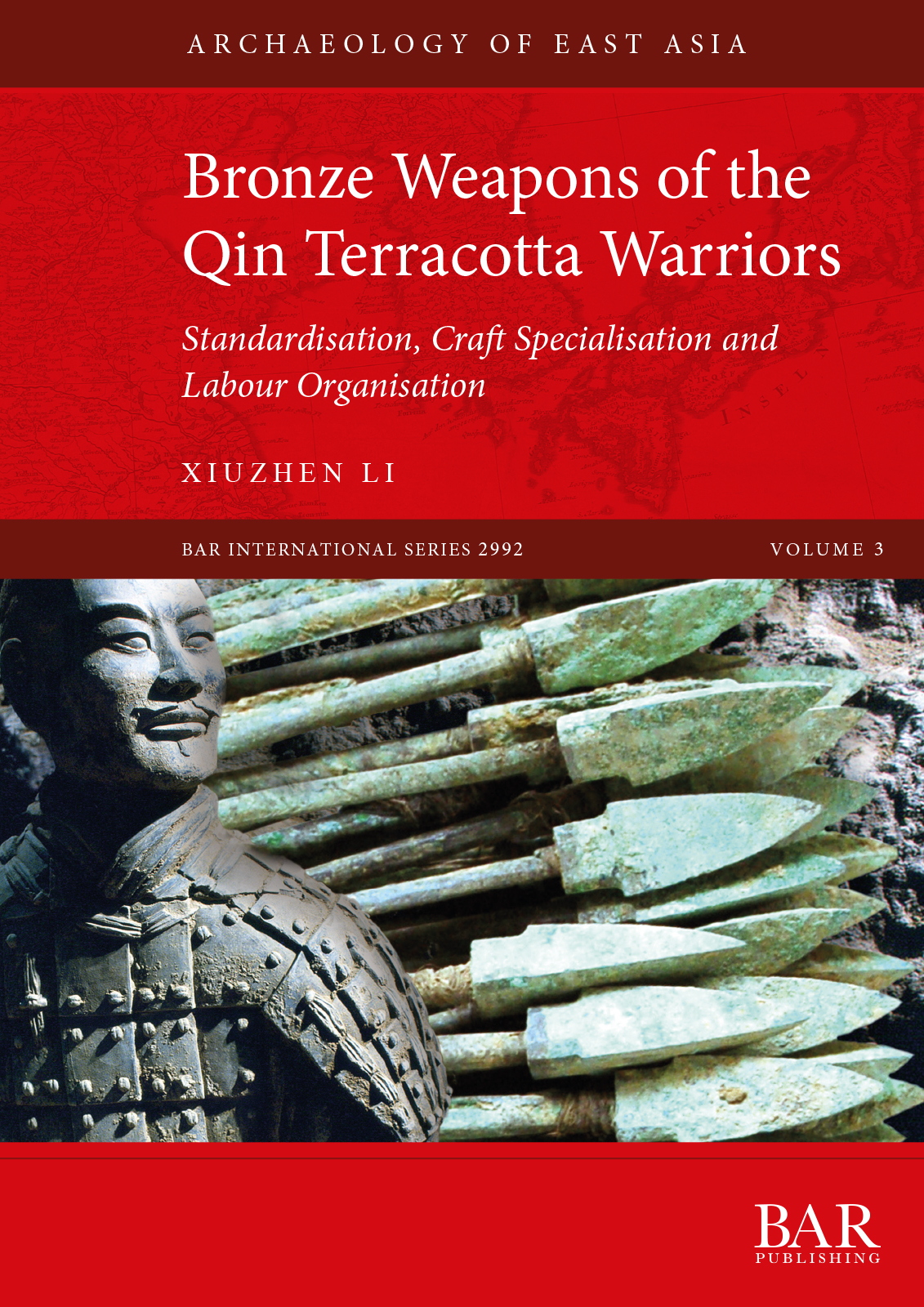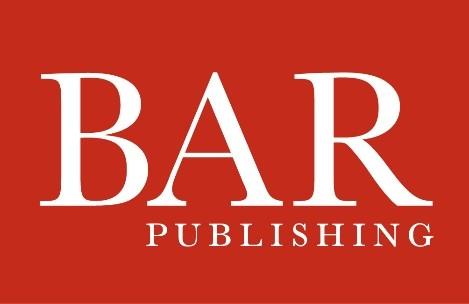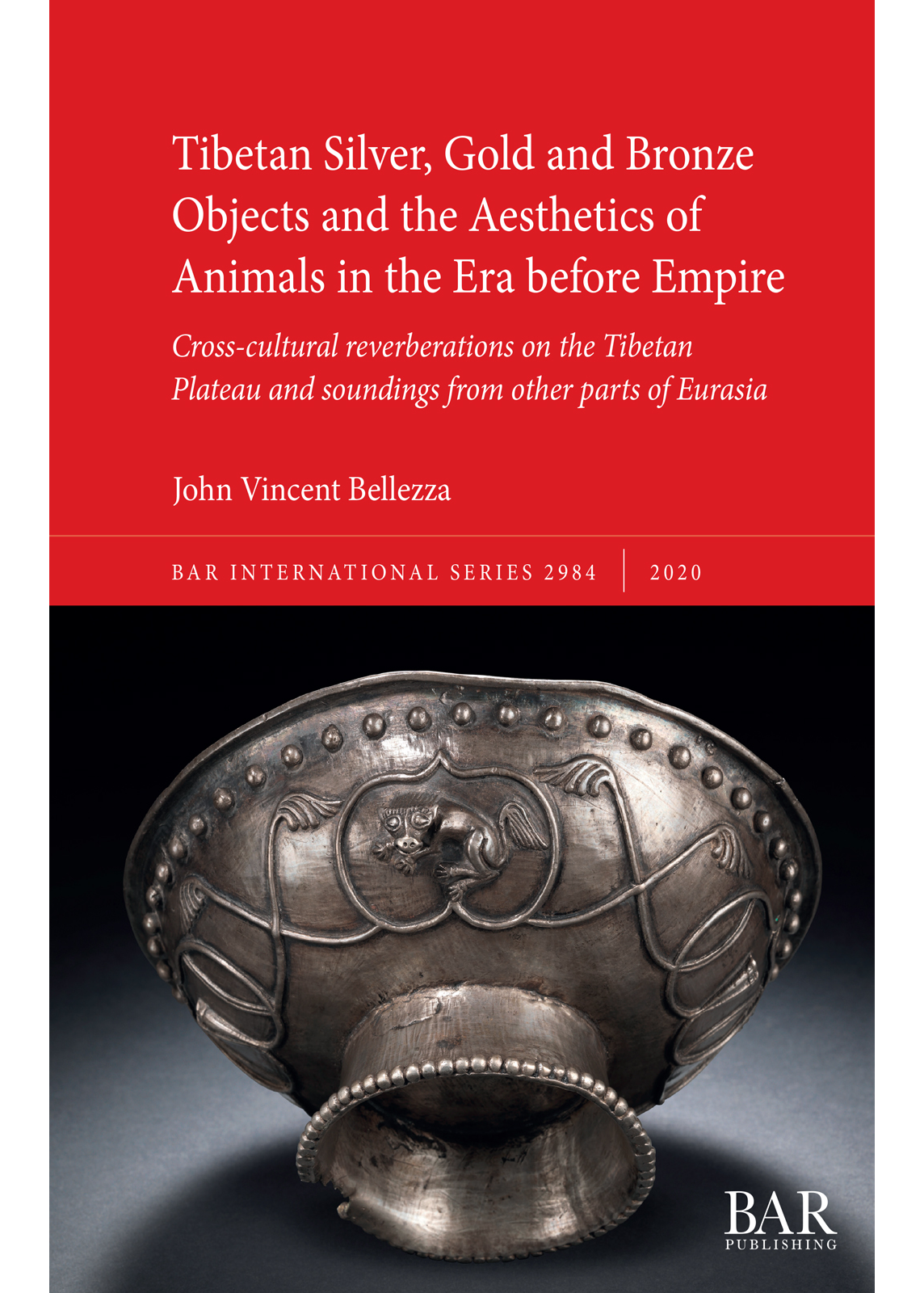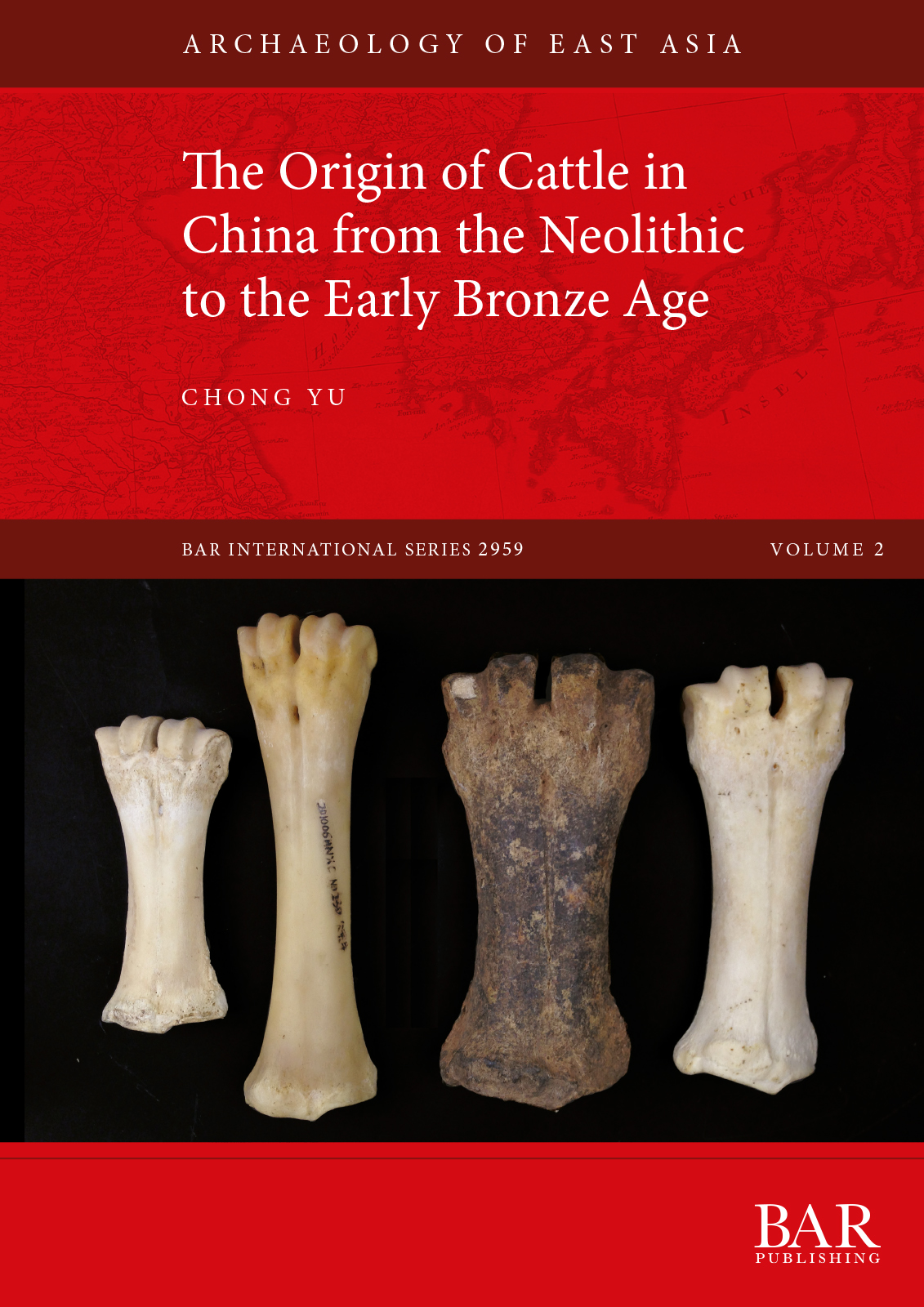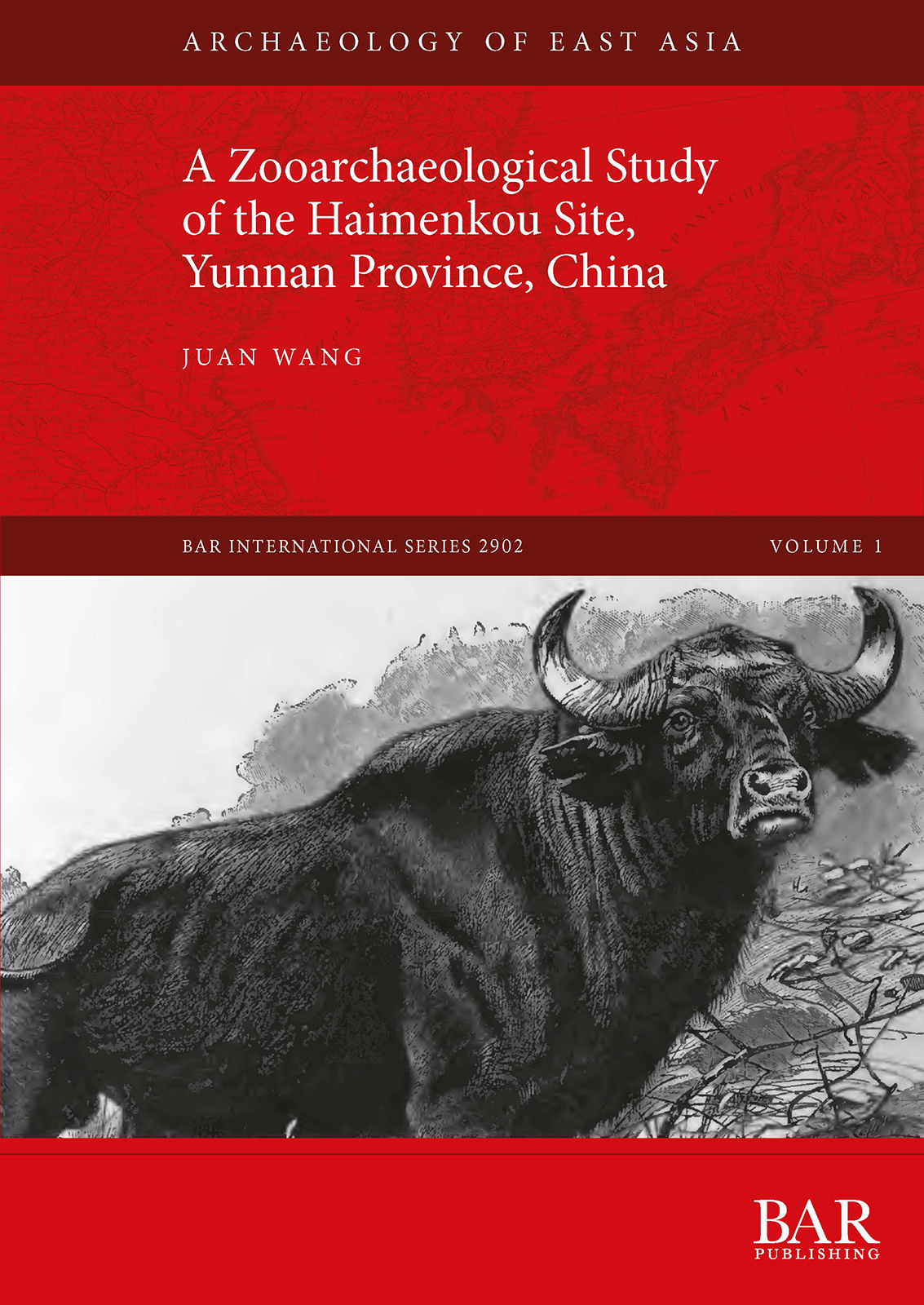SEAA News Blog: New Books
The Western Han dynasty (202 BCE–9 CE) was a foundational period for the
artistic culture of ancient China, a fact particularly visible in the era’s
funerary art. Iconic forms of Chinese art such as dazzling suits of jade;
cavernous, rock-cut mountain tombs; fancifully ornate wall paintings; and
armies of miniature terracotta warriors were prepared for the tombs of the
elite during this period. Many of the finest objects of the Western Han have
been excavated from the tombs of kings, who administered local provinces on behalf of the emperors.
In recent years, major new archaeological discoveries have redefined the development of towns and cities in the Japanese archipelago. The uncovering of the plans of major port towns such as Sakai, Kusado Sengen and Ichijōdani, and the revealing of early phases in the development of cities such as Kamakura and Hakata provide an important new resource in understanding the cultural and economic processes which shaped medieval Japan.
This fully illustrated book provides a sampler of these findings for a western audience. The new discoveries from Japan are set in context of medieval archaeology beyond Japan by accompanying essays from leading European specialists.
Author: John Vincent Bellezza
Synopsis
Drawn and Written in Stone explores the religious history of the highest part of the Tibetan Plateau through its rock art and inscriptions. It is focused on facsimiles of ritual and ceremonial monuments carved and painted on stone surfaces and rock inscriptions in the Tibetan language, vital archaeological and historical materials for appraising the development of religion in Tibet, ca. 100 BCE to 1400 CE. By probing the complexion of figures and letters in stone, this work considers how early cult traditions contributed to the establishment of Tibetan Buddhism and a rival faith known as Yungdrung Bon. Outside of the Indian cultural context, relatively little has been written about the historical antecedents of these popular Tibetan religions for a want of sources. This monograph helps remedy this large gap in Tibetan studies by drawing upon the author’s surveys of rock art and rock inscriptions conducted in upmost Tibet between 1995 and 2013.
From the 1790s until World War I, Western museums filled their shelves with art and antiquities from around the world. These objects are now widely regarded as stolen from their countries of origin and demands for their repatriation grow louder by the day. In The Compensations of Plunder, Justin M. Jacobs brings to light the historical context of the exodus of cultural treasures from northwestern China.
Over 40,000 lethal bronze weapons were discovered with thousands of terracotta warriors in the tomb complex of the Qin First Emperor (259-210 BC). This book carries out the first systematic and comprehensive study on these weapons to investigate the mass production and labour organisation in early imperial China. The research draws upon extensive measurements, typological analysis and related statistical treatment, as well as a study of the spatial distribution of the bronze weapons. A combination of metrical and spatial data is used to assess the degree of standardisation of the weapons’ production, and to evaluate the spatial patterns in the array of the Terracotta Army. This provides further information about the labour organisation behind the production, transportation and placement of weapons as they were moved from the workshop and/or arsenal to the funeral pits. Integrating these insights with inscriptions, tool marks, and chemical analysis, this book fills a gap in the study of mass production, the behaviour of craftspeople, and related imperial logistical organisation in the Qin Dynasty (221-206 BC), marking the most crucial early stage in Chinese political unification.
https://www.barpublishing.com/bronze-weapons-of-the-qin-terracotta-warriors.html
Archaeology of East Asia
New specialist sub series
Series Editors: Anke Hein (Oxford)
In recent years, the archaeology of East Asia has been receiving increasing interest among scholars world-wide, leading to an upsurge in publications in western languages as well as an increase of presentations and panels on that topic at international archaeological conferences. This series offers a venue to publish archaeological material and in-depth analyses that can provide a greater audience access to evidence previously unpublished or only accessible through articles in not-easily-accessible venues or languages. The series provides a platform for data-rich studies on a variety of topics and materials from all over East Asia as well as conference proceedings reflecting the newest research insights and trends. We encourage projects that cross-national borders even into adjoining regions and/or cover areas usually overlooked in main-stream research. This includes all parts of China, Japan, Korea, Mongolia, the Russian Far East, the Tibetan Plateau as a whole, and the northern reaches of Southeast Asia. Especially encouraged are submissions proposing and conducting new approaches and methods in all aspects of archaeology including scientific techniques, spatial analysis, various digital methods, but also theory and model-based or traditional chronology-focused studies.
This archaeological and art-historical study is woven around rock art and ancient metallic articles attributed to Tibet. The silver bowls, gold finial, and copper alloy spouted jars and trapezoidal plaques featured are assigned to the Iron Age and Protohistoric period. These rare objects are adorned with zoomorphic subjects mimicking those found in rock art and embody an artistic zeitgeist widely diffused in Central Eurasia in Late Prehistory. Diverse sources of inspiration and technological capability are revealed in these objects and rock art, shedding light on their transcultural dimension. The archaeological and aesthetic materials in this work prefigure the Tibetan cosmopolitanism of early historic times promoted through the spread of Buddhist ideas, art and craft from abroad. The metallic articles and petroglyphs of this study are markers of relationships between Tibet and her neighbours. These transactions enabled a fusion of Tibetan innovation and foreign inventiveness, a synthesis of disparate ideas, aesthetics and technologies in the objects and rock art presented.
Cattle (Bos taurus), domesticated from the extinct aurochs (Bos primigenius), has been an important animal to many human societies since prehistoric times. Cattle provides not only meat for subsistence, but also hide, blood, dung, milk and traction that contribute to the organization of human beliefs, cultural attitudes and social complexity. This book provides the widest range of cattle bone biometrical information from the Early Neolithic period to the Early Bronze Age (10000 to 3600 years ago) and investigates the morphological variation of this animal from a biological point of view: the main indicator for tracing domestication. The results suggest that cattle in ancient China was imported from the Near East around 4,300 years ago and made their first appearance in the Yellow River Valley. Once they had arrived in central China, these small-sized domesticated cattle soon spread and was exploited intensively from then on.
Haimenkou was an important location, with trade and cultural links connecting parts of modern Southeast Asia and northwestern China in ancient times. This book is based on an analysis of the faunal assemblage recovered from the Haimenkou site during the 2008 field season in Yunnan Province, China. It investigates the human-animal relationships at Haimenkou through a time span running from the late Neolithic Period to the middle Bronze Age (ca. 5000-2400 BP).

